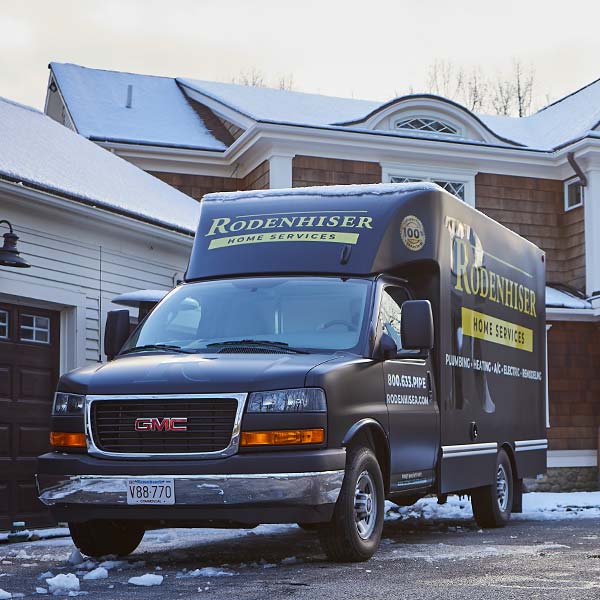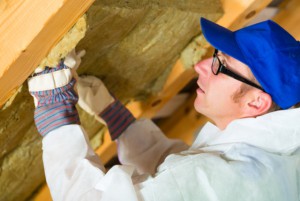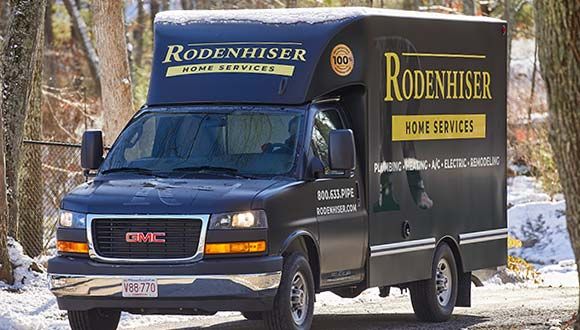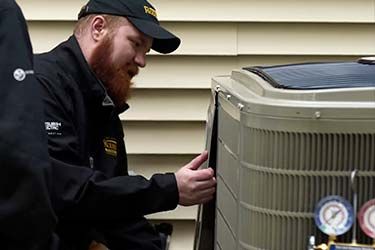



Does Your Home Have Adequate Insulation? Check These Important Areas
The winter storms and humid summers we see in western Medway MA make good home insulation a wise investment in our area. In many homes, the insulation is just sufficient to meet building codes, but not optimal for keeping you comfortable. Checking specific parts of your home will help you find out where you stand.
Start With the Attic
 The insulation in the attic is some of the most critical in your whole home. In winter, it prevents heat from the living spaces from escaping through the roof. It also prevents the moisture problems that can occur when warm air seeps into a cold attic.
The insulation in the attic is some of the most critical in your whole home. In winter, it prevents heat from the living spaces from escaping through the roof. It also prevents the moisture problems that can occur when warm air seeps into a cold attic.
If the insulation doesn't fully cover the attic floor joists, you'll need to add more. Even if the joists are covered, it's still a good idea to measure the insulation. If you have at least 3 or 4 inches, add another R-38 layer for optimal heat resistance. That's approximately 12 inches of fiberglass batts. Loose-fill and rigid foam insulation are also options.
Check the Ducts
Inefficient ducts undermine the whole heating and cooling system. Check accessible ductwork running through the attic, basement or crawl space, and garage. If they're not insulated, add at least an R-6 layer of fiberglass or cellulose batt insulation or duct wrap. First, however, make sure the joints are securely fit and sealed with mastic or foil-backed tape.
Other Important Areas
Basement insulation reduces heat loss through the foundation and minimizes the risks of moisture and insect problems. First, check basement rim joists. If they're not insulated, sealing them with caulk and adding rigid foam insulation will go a long way toward reducing heat loss. Beyond this, you may need to install insulation with a fire-rated covering on the interior of your basement walls.
The floors and exterior walls in your living space are also critical areas for good home insulation, but they're hard to inspect on your own. A professional energy audit can help with this.
For professional help with your home insulation, contact the home comfort experts at Rodenhiser Plumbing, Heating & Air Conditioning. We proudly serve those in the Route 495/128 area of Medway MA.
Image via Shutterstock.com
Nice people.
Great service.
Since 1928Terms & Conditions | Privacy Policy





Read From Over 14,000 Happy Customers
-
Both Alex and Patrick were knowledgeable, courteous, and professional. They made a change that might have solved the recent problem and have structured a more complete solution. We agreed to this...

-
Mike was thorough, thoughtful and considerate. Covered their shoes before entering, surveyed my issue and provided an explanation of the services and costs. Great Job!

-
Alex did a great job providing an explanation of the services provided and went out of his way to offer assistance/advice on other issues outside of our scheduled maintenance visit.

-
Brian did an excellent job inspecting our 18-year old boiler and replacing some of the accessory hardware that needed it, he also adjusted the outgoing hot water settings for our radiators and...

-
Rodenhiser is my one stop shop!!! They take care of my HVAC, electrical, and plumbing issues & are always helpful addressing any questions I may have about the systems in my house! Everyone...

-
Chris G. and Nick V. showed up bright and early at 8am to fix my water heater issue. They were on time, polite and were able to fix an issue that has been plaguing my house for a good year. They...

Call Rodenhiser at
508-321-3089
Call Rodenhiser at 508-321-3089
When you are looking for plumbing, electrical, heating or air conditioning in the Route 495 / 128 area, you will be delighted that you called Medway MA' trusted choice since 1928.
With a total dedication to professional workmanship and excellent service, discover why families and businesses continue to trust Rodenhiser after generations of service

Trusted Plumbers
Fast, On Time
HVAC Experts
Satisfaction Guaranteed
Expert Electricians
Maintenance Plans
CONTACT RODENHISER TODAY
325 Hopping Brook Rd Holliston MA 01746.
-
Master Plumber: #10961
-
Corporate Plumbing: #2288
-
Master Electrician: #23917A
-
Electrical Business: #4804
-
Master Sheet Metal (Unrestricted): #5867
-
Corporate Sheet Metal: #641
-
Home Improvement Contractor: #188806
*Heating system check terms and conditions: Residential Only. Must reside within our service area. Offer only available to 1 unit per household additional units are at full price. Can not be combined with other offers
*Late Season Special Extra Conditions: Gas Systems only. No Discounts on oil systems. Promotional price limited to one system per home, additional systems will be charged at full price. Residential Systems only. Must reside within our service area. *For EV Charger Offer also: valid only when the system is purchased through Rodenhiser.
















